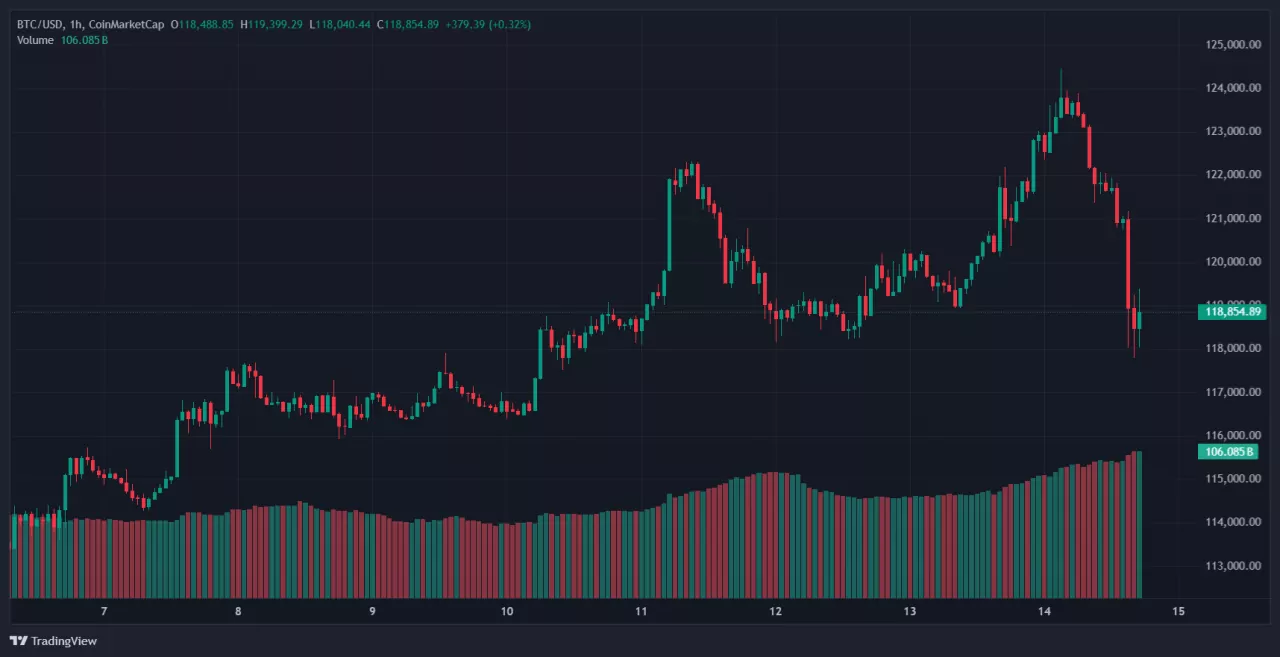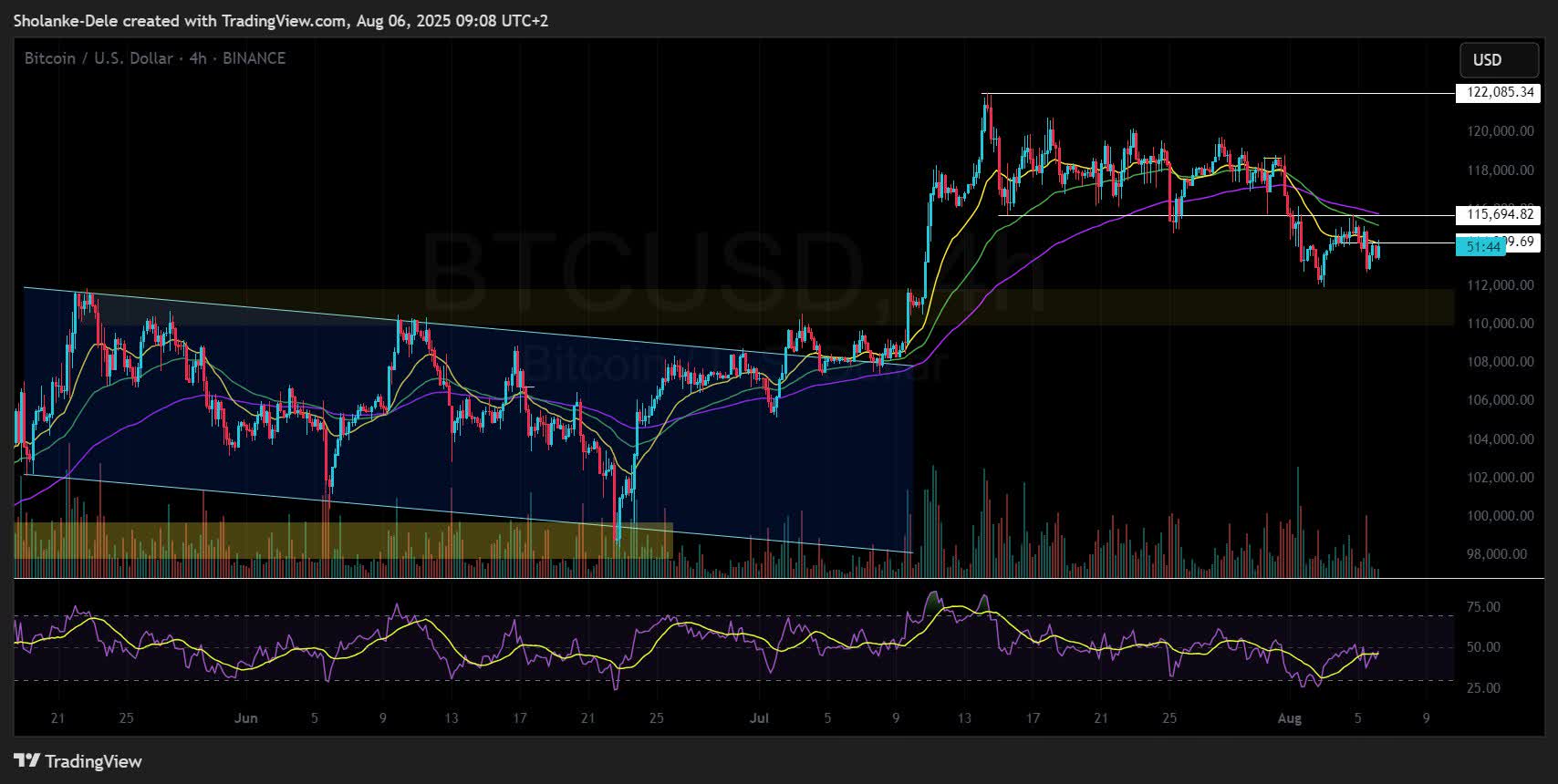
Adding Bitcoin to your 401K is no longer a theoretical exercise for early adopters. As of October 2025, with Bitcoin trading at $111,442.00 and regulatory attitudes shifting, mainstream retirement plans are opening their doors to digital assets. If you want to capture Bitcoin’s asymmetric upside while maintaining the tax advantages of your 401K, it’s critical to follow a strategic process built on compliance and prudent allocation. Here’s how forward-thinking investors are getting it done in 2024.
1. Confirm Your 401K Plan Allows Crypto or Bitcoin ETF Investments
The first step is deceptively simple but absolutely essential: determine if your employer’s 401K plan offers access to crypto investments or Bitcoin ETFs. Not all plans do, but the landscape is evolving quickly.
- Contact your HR department or plan administrator. Ask directly about available investment menus and whether there’s a self-directed brokerage account (SDBA) option.
- If your plan doesn’t currently support crypto, ask about upcoming changes, many providers are updating offerings in response to demand and regulatory clarity.
This step can save you hours of research down the line. Skipping it could mean missing out entirely on direct exposure within your existing retirement vehicle.
Bitcoin Breaks $111,000: What This Means for Retirement Allocations
With Bitcoin consistently holding above $111,000, its role as a portfolio diversifier is more compelling than ever. Institutional adoption and regulatory normalization have made it possible for retirement investors to gain exposure without leaving the safety of ERISA-compliant accounts.
2. Research and Select a 401K Provider Offering Bitcoin Exposure
If your current plan doesn’t offer crypto options, or if you’re rolling over an old 401K provides research providers that explicitly support Bitcoin or spot Bitcoin ETFs within qualified plans. Leading custodians like Fidelity have introduced Digital Asset Accounts (DAAs), while others offer access through SDBAs linked to brokerage platforms where spot ETFs trade alongside traditional assets.
- Compare investment menus: Does the provider offer direct BTC exposure, only ETFs, or blockchain-focused funds?
- Assess platform usability: Is the interface intuitive? Are transactions seamless?
- Consider reputation: Prioritize established firms with robust security protocols and transparent reporting.
This research phase is crucial, choosing the right provider ensures you have both access and peace of mind as you integrate crypto into your long-term strategy.
3. Review Regulatory Guidelines and Plan Fees for Crypto Investments
The regulatory landscape has shifted: in May 2025, the Department of Labor rescinded its “extreme care” guidance from 2022. Now, fiduciaries may treat digital assets like other alternatives, as long as they adhere to ERISA standards. But with opportunity comes responsibility:
- Review all disclosures carefully: Understand how crypto investments are handled under your plan’s rules.
- Scrutinize fees: Crypto options often carry higher management fees than index funds or traditional equities; these can erode returns over time if not carefully managed.
- Stay up-to-date with compliance requirements: Providers must ensure custody solutions meet federal standards for security and reporting.
If you’re unsure about any aspect, from custody arrangements to annual expense ratios, ask questions until you’re satisfied. Regulatory clarity doesn’t eliminate risk; it simply defines the playing field more transparently than ever before.
Bitcoin Price Prediction 2026-2031 for Retirement Planning
Projected BTC price scenarios based on current (2025) market and regulatory environment. All figures in USD.
| Year | Minimum Price | Average Price | Maximum Price | Year-over-Year % Change (Avg) | Market Scenario Insights |
|---|---|---|---|---|---|
| 2026 | $90,000 | $120,000 | $160,000 | +7.7% | Potential consolidation as post-halving effects stabilize; increased ETF inflows but possible short-term corrections. |
| 2027 | $100,000 | $135,000 | $190,000 | +12.5% | Mainstream adoption in retirement accounts grows; institutional buying and favorable regulation drive demand. |
| 2028 | $115,000 | $155,000 | $225,000 | +14.8% | New halving cycle approaches; technological improvements (scalability, security) and global macro trends boost sentiment. |
| 2029 | $130,000 | $180,000 | $265,000 | +16.1% | Bitcoin seen as a mature asset class; integration in more 401(k) plans, but volatility persists due to global events. |
| 2030 | $150,000 | $210,000 | $310,000 | +16.7% | Strong demand from retirement portfolios; potential for new all-time highs if regulatory clarity continues. |
| 2031 | $170,000 | $240,000 | $350,000 | +14.3% | Increased competition from other digital assets, but Bitcoin remains dominant; global adoption and possible ETF expansion. |
Price Prediction Summary
Bitcoin’s price outlook for 2026-2031 remains bullish overall, with average prices projected to rise steadily as mainstream adoption in retirement accounts grows and regulatory frameworks mature. While volatility and corrections are expected, Bitcoin’s role in diversified retirement portfolios is likely to expand, supporting higher valuations over time.
Key Factors Affecting Bitcoin Price
- Post-2025 regulatory clarity in the US and globally
- Growing inclusion of Bitcoin in 401(k) and retirement accounts
- Institutional adoption and ETF inflows
- Market cycles (especially halving events)
- Advancements in Bitcoin technology and security
- Macroeconomic trends (inflation, fiat currency debasement, global uncertainty)
- Potential competition from other digital assets or regulatory headwinds
Disclaimer: Cryptocurrency price predictions are speculative and based on current market analysis.
Actual prices may vary significantly due to market volatility, regulatory changes, and other factors.
Always do your own research before making investment decisions.
Your Next Steps: Rollover, Allocate, Monitor
The next phases involve moving funds into position and actively managing your allocation, a process we’ll detail in part two of this guide. For now, focus on confirming eligibility, selecting a robust provider, and understanding both costs and compliance before making any moves into digital assets within your retirement account.
4. Initiate a Rollover or Allocation to the Bitcoin Option Within Your 401K
Once you’ve confirmed your plan’s eligibility, selected a provider, and reviewed all regulatory and fee considerations, it’s time to put your crypto retirement strategy into action. Depending on your circumstances, this step may involve rolling over funds from an existing retirement account or simply reallocating within your current 401K.
- Rollover process: If you’re moving assets from an old employer’s 401K or IRA, coordinate with both custodians to ensure a direct transfer. This avoids tax penalties and keeps your funds within qualified accounts.
- Internal reallocation: For current plans, log in to your retirement platform and navigate to the investment selection area. Choose the Bitcoin option, whether it’s a spot ETF, trust, or direct crypto exposure, and specify the allocation percentage or dollar amount.
- Double-check confirmations: Most platforms will provide transaction confirmation screens. Review these carefully before finalizing any changes to ensure accuracy and compliance with your intended allocation.
This is where strategic discipline matters. Take only calculated risks that align with your broader retirement goals, don’t chase performance or allocate impulsively just because Bitcoin is trading above $111,442.00.

5. Monitor Performance and Adjust Your Crypto Allocation Regularly
The work doesn’t end once you’ve added Bitcoin to your portfolio. Given the asset’s volatility, and its unique risk/reward profile compared to stocks or bonds provides ongoing monitoring is essential for prudent retirement planning. Here’s how experienced investors approach this phase:
- Set periodic reviews: Mark quarterly or annual checkpoints on your calendar to assess how your Bitcoin allocation is performing relative to both benchmarks and personal goals.
- Rebalance as needed: If price surges push crypto above your target allocation (say, beyond 10% of your portfolio), trim back exposure by reallocating gains into more stable assets.
- Stay informed on regulations: Regulatory guidance can shift quickly. Subscribe to updates from both your provider and trusted industry sources so you can act proactively if compliance standards evolve again.
This dynamic approach helps you capture upside while managing drawdowns, a key advantage when integrating high-growth assets like Bitcoin into long-term vehicles such as the 401K.
5 Essential Steps to Add Bitcoin to Your 401K in 2024
-

Confirm Your 401K Plan Allows Crypto or Bitcoin ETF InvestmentsContact your HR department or plan administrator to determine if your 401(k) offers access to cryptocurrency investments or Bitcoin ETFs. Many plans now provide options like Fidelity Digital Assets or self-directed brokerage accounts (SDBAs) that include crypto-related funds.
-

Research and Select a 401K Provider Offering Bitcoin ExposureChoose a reputable provider such as Fidelity Investments or ForUsAll, which offer direct Bitcoin exposure or access to spot Bitcoin ETFs within 401(k) plans. Compare features, supported assets, and user experience before proceeding.
-

Review Regulatory Guidelines and Plan Fees for Crypto InvestmentsFamiliarize yourself with the latest Department of Labor guidance and your plan’s compliance requirements. Carefully review all associated fees, including management and transaction costs, as crypto investments often have higher expenses than traditional assets.
-

Initiate a Rollover or Allocation to the Bitcoin Option Within Your 401KLog into your 401(k) platform, navigate to the investment selection area, and allocate funds to the Bitcoin or Bitcoin ETF option. If switching providers, follow the rollover process to transfer assets without tax penalties.
-

Monitor Performance and Adjust Your Crypto Allocation RegularlyTrack your Bitcoin investment’s performance—currently, Bitcoin trades at $111,442.00 (as of October 2025). Rebalance your portfolio as needed, keeping Bitcoin allocation within your risk tolerance and retirement goals. Stay updated on market trends and regulatory changes.
Strategic Considerations for Long-Term Crypto Retirement Planning
The decision to add Bitcoin at these levels, above $111,000, demands discipline and perspective. Don’t let short-term price movements dictate long-term strategy; instead, focus on how digital assets fit alongside traditional investments in pursuit of financial independence. Remember, even small allocations can have outsized impacts on portfolio growth over decades due to Bitcoin’s asymmetric return profile.
If you’re unsure about any aspect of this process, from plan eligibility through compliance, consult with a fiduciary advisor who understands both ERISA rules and digital asset markets. The right guidance can help you avoid costly mistakes while maximizing upside potential within regulatory guardrails.
If you want more detailed walkthroughs or want data-driven models for crypto retirement planning, explore our related guides such as How Much Bitcoin Do You Need In Your 401K To Retire?.





